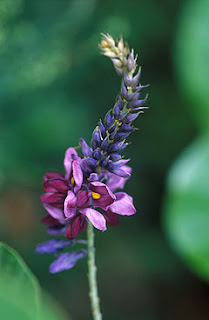 Sambucus nigra (fol) the leaves are used to treat Eczema and sores and are a good insect repellant. An elderflower (flos) ointment was used for skin conditions. Elderflower water was said to be good for removing freckles.
Sambucus nigra (fol) the leaves are used to treat Eczema and sores and are a good insect repellant. An elderflower (flos) ointment was used for skin conditions. Elderflower water was said to be good for removing freckles.Elderflower (Sambucus nigra flos)
Elderflowers are growing everywhere at present (06/10)in the field, meadows and Lanes and Hedges of North Norfolk. They are beautiful and heavily aromatic with a wonderful sweet smell. Its a very good year everywhere for Elderflowers and I am busy collecting them from my supply tree alongside an organic farmer's field where there is a footpath for dogwalking or just casual walking.
What is so important about Elderflowers? Well look below to find some medicinal information and find out why this herb and its flowers and berries (fruct) are so important in medicinal herbalism. :)
Name: Sambucus nigra (flos) - Elderflower
Sambucus nigra (fruct) - Elderberries
Biochemical Constituents: Flavonoids, Oil and Tannins
Actions: Anti-inflammatory, laxative, anticatarrhal, relaxing diaphoretic. Elderblossom
is an emollient skin care product. Diuretic (urinary antiseptic).
Ancient infusion (cold) for promoting flow of urine. (Hot Infusion - Expectorant).
Uses: Common cold, influenza, winter chills, early stage Fevers with dry skin and
tonsillitis, inflammation of mouth, throat and treachea (mouthwash and gargle).
Chilblains (local application). Nightsweats (cold infusion).
Apply cotton wool pads soaked in Elder tea to closed eyelids whilst lying down
for Conjunctivitis and Eyestrain.
Cold Tea Laxative and sedative/also soothes and heals chapped hands/sunbathing
Hot Tea Excites and stimulates
Distilled Elderflower water for inflammed Eyes.
Additional Information : Elderflower Tubes
The hollow tubes of young Elder branches point to use of this plant in journeying.
They also show an affinity with the tubes of the body, especially blood vessels and
pores of the skin and membranes.
Elder has a powerful influence on blood and removes stagnation found in bruises and boils.
Decongests head and stirs up blood in interior bring it to surface thus removing toxins and heat.
It will open the pores of the skin bringing our heat and fluid and stimulates the Kidneys.
Deals with oedema caused by Renal insufficiency.
Works on bruised and swollen ankles in the elderly especially if skin is tinted blue.
Deep action on respiratory tract, digestive organs and pores of skin.
Opens lungs and brings up mucous.
Also used for childhood croup.
Berries can be used as a blood tonic in Anaemia.
Elder will improve oxygenation of the blood,
breathing capacity,
respiratory problems
and Kidney function.
**********************************************************************************








